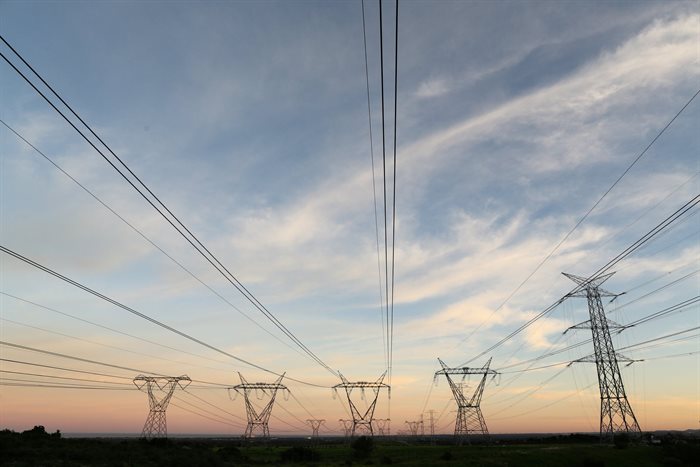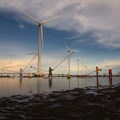EU electricity demand set to drop to lowest level in 20 years - IEA

The report’s July update, published on Wednesday, 19 July, finds that electricity demand in the United States is expected to decline by almost 2% this year while demand in Japan is forecast to fall by 3%. Electricity demand in the European Union is set to drop by 3%, similar to the decrease recorded in 2022. Following these two consecutive declines, which together amount to the EU’s largest slump in demand on record, EU electricity consumption is poised to drop to levels last seen in 2002.
As a result, global electricity demand is set to increase by slightly less than 2% this year, down from a rate of 2.3% in 2022. But assuming an improving world economic outlook, demand growth is expected to pick up again in 2024, rebounding to 3.3%, according to the IEA’s latest projections.
Rising global electricity demand is still broadly supported by the electrification of energy systems as efforts ramp up to reduce emissions, by the increasing use of indoor cooling as temperatures climb, and by robust demand growth in emerging and developing economies, according to the IEA report.
China’s demand is forecast to increase at an average annual rate of 5.2% over the next two years, only slightly below its 2015-19 average. Average annual growth in demand from India through 2024 is estimated at 6.5%, well above its 2015-19 average.
Strong deployment of renewables worldwide
Even as demand in many regions expands, the strong deployment of renewables worldwide means they are now on track to meet all the additional growth in global electricity demand over the next two years. By 2024, renewables’ share of global electricity generation will exceed one-third. And depending on weather conditions, 2024 could well become the first year in which more electricity is generated worldwide from renewables than from coal.
At the same time, electricity generated from fossil fuels is expected to decline over the next two years. Electricity generated from oil is projected to fall significantly, while coal-fired generation will slightly decline in 2023 and 2024, after rising 1.7% in 2022.
“The world’s need for electricity is set to grow strongly in the years to come. The global increase in demand through 2024 is expected to amount to about three times the current electricity consumption of Germany,” said Keisuke Sadamori, the IEA’s director for energy markets and security.
“And we’re encouraged to see renewables accounting for a rising share of electricity generation, resulting in declines in the use of fossil fuels for power generation. Now is the time for policymakers and the private sector to build on this momentum to ensure emissions from the power sector go into sustained decline.”
Continued decline in fossil-fired generation
In another sign the energy transition is taking hold, the IEA now sees electricity generated from fossil fuels falling in four out of the six years between 2019 and 2024. In the past, annual declines in fossil-fired generation were rare and occurred primarily after global energy and financial shocks, when global electricity demand was suppressed. But in recent years, electricity generated from fossil fuels has lagged or fallen even when electricity demand expanded.
That indicates the world is rapidly moving towards a tipping point in which global electricity generation from fossil fuels will increasingly be replaced by electricity from clean energy sources, the report finds.
In particular, the report examines in detail the forces driving the declines in electricity demand in the EU. The bloc’s energy-intensive industries have not yet recovered from last year’s production slump, it finds. Almost two-thirds of the net reduction in EU electricity demand in 2022 is estimated to have come from energy-intensive industries contending with elevated energy prices following Russia’s invasion of Ukraine. This trend has continued well into 2023, despite prices for energy commodities and electricity falling from previous highs.
Download the report here.
Related
A hot and troubled world of work: How South Africa’s bold new climate act and labour law can align to drive a just transition 29 Jan 2025 New report shows depth of Sasol Secunda distress 28 Oct 2024 Global investors overlook election uncertainties to double down on global equities and private equity 24 Oct 2024 #Windaba2024: Ramokgopa hints at local manufacturing policy for renewable tech 4 Oct 2024 New standards pave way for green cement 10 Sep 2024 Ramokgopa withdraws nuclear determination, undoing more Mantashe policy 9 Sep 2024
























